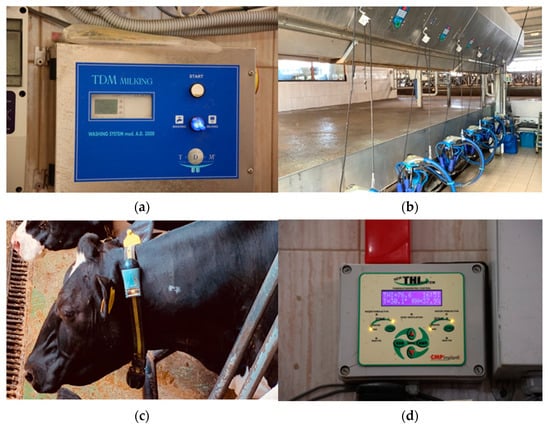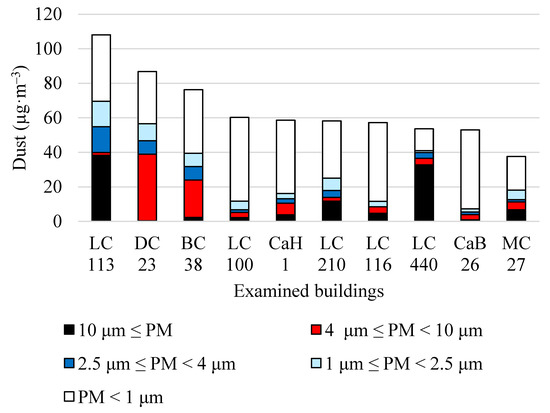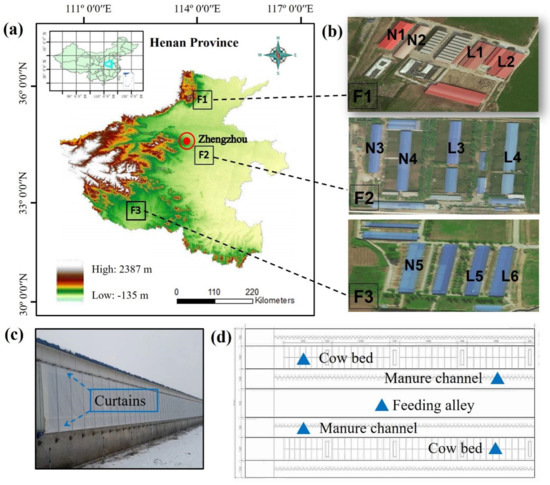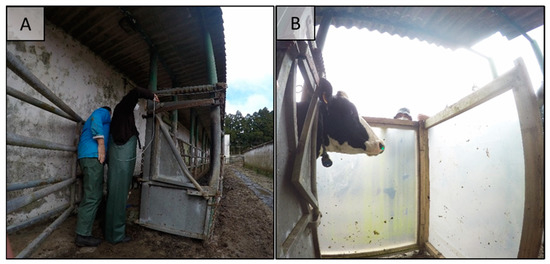Monitoring of Cows: Management and Sustainability
A project collection of Animals (ISSN 2076-2615). This project collection belongs to the section "Cattle".
Papers displayed on this page all arise from the same project. Editorial decisions were made independently of project staff and handled by the Editor-in-Chief or qualified Editorial Board members.
Viewed by 26929Editors
Interests: precision zootechnics; handling; instrumentation; comfort and well-being of dairy cows in Free-Stall and Compost Barn system
Special Issues, Collections and Topics in MDPI journals
Interests: livestock housing; housing systems with respect to sustainability goals and technical innovations; freewalk dairy barns; climate control in livestock buildings; emissions of ammonia and greenhouse gases
Special Issues, Collections and Topics in MDPI journals
Interests: precision livestock farming (PLF); modelling and management of animal responses; animal health and welfare
Special Issues, Collections and Topics in MDPI journals
Project Overview
Dear Colleagues,
Dairy production systems must provide good productivity and profitability but also demonstrate a reduced impact on the environment, good animal welfare standards, and sustainability. Within this context, the ability of dairy cattle producers to monitor the productivity, behaviour, and welfare of their animals and environment plays an important role in the whole production. Introducing dairy technology for monitoring dairy cattle and the environment enable us to precisely describe the environment and discriminate cow activities and to avoid disturbing natural behavioral expression. However, for precision dairy-monitoring technologies to increase labor and production efficiency, they must easily and accurately quantify meaningful environmental, physiological, or behavioral parameters.
The aim of this Special Issue is to bring together the latest findings concerning the monitoring of cows grazing on pasture or in confinement systems. Original research papers as well as literature reviews from different research areas, such as monitoring of animal health, animal reproduction, animal welfare and animal behaviour, besides monitoring of the environment system and innovative techniques of data measurements, monitoring of gas emissions, monitor devices, analysis algorithms, precision technologies, mathematical modelling and building design, with a link to management and sustainability, are welcomed to this Special Issue. Additional topics and interdisciplinary studies regarding the environmental, economic, and social impact of sustainability and management of cows will also be considered.
Dr. Patrícia Ferreira Ponciano Ferraz
Prof. Dr. Matteo Barbari
Prof. Dr. Tomas Norton
Guest Editors
Manuscript Submission Information
Manuscripts should be submitted online at www.mdpi.com by registering and logging in to this website. Once you are registered, click here to go to the submission form. Manuscripts can be submitted until the deadline. All submissions that pass pre-check are peer-reviewed. Accepted papers will be published continuously in the journal (as soon as accepted) and will be listed together on the collection website. Research articles, review articles as well as short communications are invited. For planned papers, a title and short abstract (about 100 words) can be sent to the Editorial Office for announcement on this website.
Submitted manuscripts should not have been published previously, nor be under consideration for publication elsewhere (except conference proceedings papers). All manuscripts are thoroughly refereed through a single-blind peer-review process. A guide for authors and other relevant information for submission of manuscripts is available on the Instructions for Authors page. Animals is an international peer-reviewed open access semimonthly journal published by MDPI.
Please visit the Instructions for Authors page before submitting a manuscript. The Article Processing Charge (APC) for publication in this open access journal is 2400 CHF (Swiss Francs). Submitted papers should be well formatted and use good English. Authors may use MDPI's English editing service prior to publication or during author revisions.
Keywords
- monitoring of cows grazing on pasture or in confinement systems (productivity, health, behaviour, welfare, reproduction, environment, gases, milk quality, etc.)
- sustainability of the system and production
- social and economic impact
- management of cattle system
- precision livestock (technologies, mathematical modelling, techniques of data measurements, monitor devices, analysis algorithms, precision technologies, sensors, software, sound analysis, images analysis, etc.)
- traceability






















